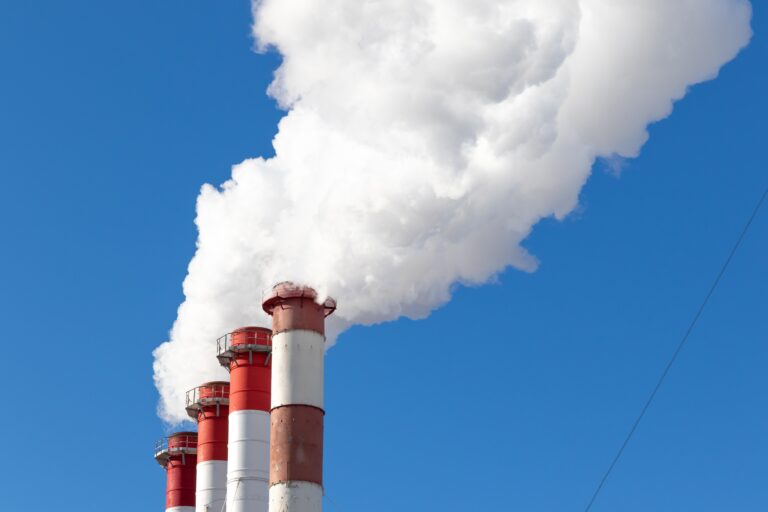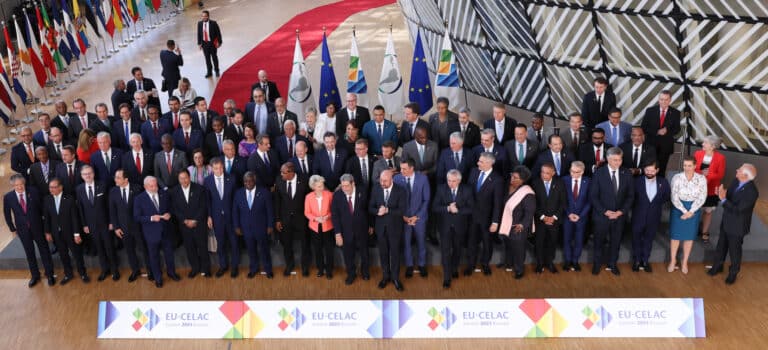China Halts U.S. LNG Imports Amid Tariff War
China has ceased importing liquefied natural gas from the United States since early February, as the ongoing tariff war impacts energy trade.
Current Access Level “I” – ID Only: CUID holders, alumni, and approved guests only

Over the last three years, expansive energy transition and climate mitigation policy frameworks have been deployed on both sides of the Atlantic.

Author(s): Cazzola, Pierpaolo; Murphy, Colin; Kang, Laedon; Ro, Jin Wook; Wolff, Christoph; Teter, Jacob
Au-delà du défi technologique, penser le monde de l’après-pétrole représente une gageure aussi bien politique, que sociale et économique. Car certains usages du pétrole, comme la pétrochimie, trouvent difficilement des substituts.
This Energy Explained post represents the research and views of the author. It does not necessarily represent the views of the Center on Global Energy Policy. The piece...

This Energy Explained post represents the research and views of the author. It does not necessarily represent the views of the Center on Global Energy Policy. The piece...

This Energy Explained post represents the research and views of the author. It does not necessarily represent the views of the Center on Global Energy Policy. The piece...

This Energy Explained post represents the research and views of the author. It does not necessarily represent the views of the Center on Global Energy Policy. The piece...

In 2023, the Center on Global Energy Policy and the Institute of Transportation Studies of the University of California, Davis, convened roundtable discussions on the decarbonization of aviation and maritime transport.
